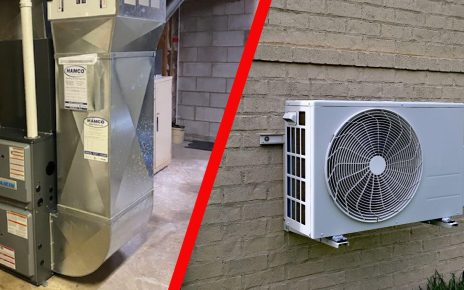The safety of your family and home depends on having a carbon monoxide (CO) gas detector. CO is colorless, odorless, and tasteless. It is a deadly poison which can kill you in minutes if not detected. The good news is that most homes today have installed CO detectors. However, many are unsure how to choose the best detector for them. There are several different types available with different features. Which one should you buy? Here’s what you need to know about detectors before buying one.
The person can plan to choose any of the type of the carbon monoxide detector. If the person will give a good time in making the selection then the results will be good for the people. The try of the person must be to reach the goals that will give him with the good returns. A person can get the detail of the carbon monoxide detector goes off in middle of night and then chose.
Types of Carbon Monoxide Detector
There are three main types of CO detectors: battery-operated alarms, remote alarms, and battery-operated alarms with a radio transmitter attached.

- Battery-operated alarm
Batteries provide the power needed to operate the CO detector. Once it detects a dangerous level of CO it will sound an alert and send you an alert message via text message or phone call. These alarms are typically small and lightweight allowing you to easily carry around. They also include an LCD display so you can see when you’ve got a problem. In addition to this they’re often available in multiple configurations, such as digital and analog displays and two-way voice communication. Some are even equipped with a built-in flashlight.
- Remote alarm
These alarms are connected to the same electrical system as the rest of your house including your heating and cooling system. If your CO detector goes off you’ll get an alert from your phone or email. They’re typically larger than the battery operated alarms and include a keychain receiver. This allows you to set up the alarm and control it from anywhere within range of its signal. Many remote alarms also come with a siren and/or strobe light to warn neighbors. They may also be able to detect other gases such as natural gas, propane, or formaldehyde.
- Remote alarm with radio transmitter
Most remote alarms that don’t have a built-in radio transmitter are battery powered. When activated by the CO detector they send out an electronic signal that travels down the wires to your local police station. A dispatcher then gets the information from the alarm company and calls you back to let you know what’s going on. Some of these alarms can also be used to monitor any number of conditions including temperature, smoke, motion, and water leaks.
A few things to note about the above devices:
The first thing you should consider is where you plan on putting your detector. For example, does it go on the ground floor near the furnace or in the attic? Also think about where you plan on placing your alarm. Does it have to be close enough to the furnace to detect trouble but far enough away that it won’t cause damage to its surroundings? Make sure the device has adequate ventilation as well so that it doesn’t get too hot inside. Finally, try to find one that makes a loud enough noise so that you’ll hear it if there’s a problem.
When buying a detector make sure that it’s properly installed. You want to make sure that you have the proper wiring installed from the breaker panel all the way to the detector itself. Be sure that there are no loose connections or bad splices. You also want to make sure that the detector is plugged into the circuit that powers your furnace.
Make sure that you read the instructions carefully. Some models require installation while others do not. Some require maintenance while some don’t. Some work better in certain rooms while others are more sensitive to heat. Find out if there are any requirements for placement and what type of maintenance is required. You might also need to purchase additional equipment depending on the model.

How To Install Your Detector
Once you’ve purchased the detector you’ll need to install it correctly. First you’ll have to determine where you place the detector. Most detectors are placed on the wall somewhere near the furnace. Make sure that the detector is wired properly to the outside of the house. Next you’ll have to check to make sure that the detector actually detects the danger and sounds an audible alarm.
If everything checks out you’re ready to turn it on. Make sure that you follow the manufacturer’s directions for turning it on and off and checking the batteries. Some manufacturers recommend that you test the detector every month for optimum performance.
Maintenance Of Your Detector
In order to keep your detector working at its peak condition you’ll need to perform regular maintenance. This includes cleaning the filter once per year. However, you’ll probably want to clean it more often if you notice that it’s getting clogged. Another important step is to replace the batteries once per year as well.
You should take extra care to ensure that you remove the batteries when you change them. Do not attempt to reuse old batteries. Even if you believe that they still contain energy they likely aren’t safe to use.
One last thing to remember is that you should always test the detector at least once every hour during each winter season. The last thing you want is for an undetected leak to bring on carbon monoxide poisoning.




